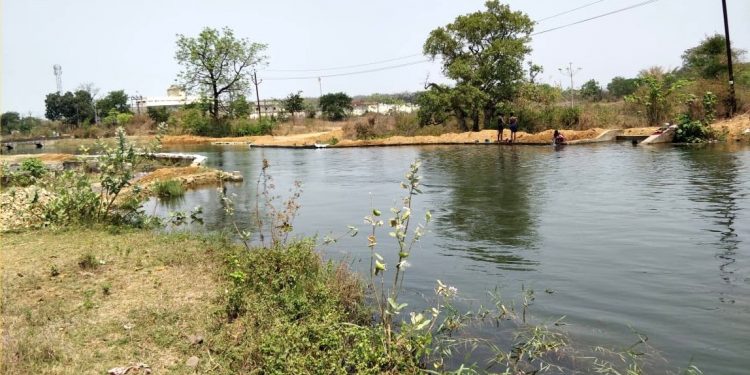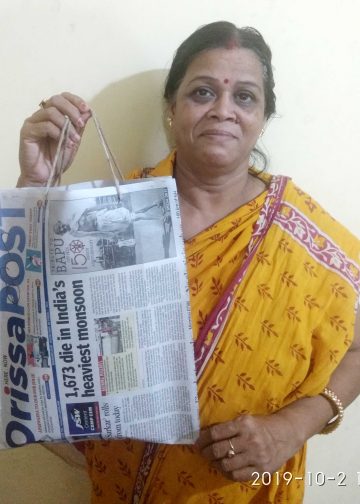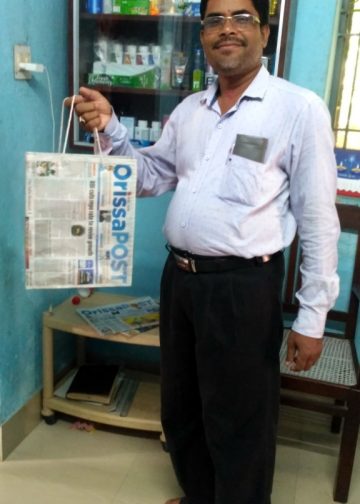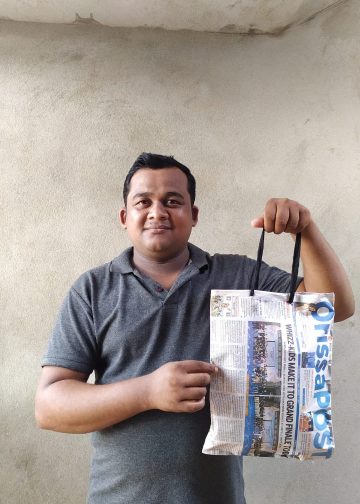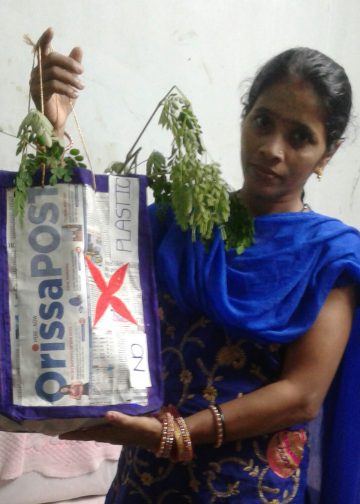Sambalpur: Farmers living on the downstream of Sasan canal in the district are staring at a possible crop loss this year due to unavailability of water from the water body for their farmland, a report said.
Farmers allege that water does not reach their farmland on the downstream while it overflows in the upstream due to lack of renovation of the water body.
They apprehend that they might face serious crop loss if the water problem persists for long. Reports said that paddy cultivation in Sambalpur district depends on water available from Hirakud reservoir in various canals like Sasan, Paramanpur and Huma tail.
Water drawn from Hirakud reservoir passes through these three canals and helps in irrigation of the farmland in the district.
This has happened as the Sasan canal which was built 50 years back is in a dilapidated condition and is in an urgent need of repair. The main canal is 80 km in length while the branch canal and channel is 300 km in length.
Its embankments have become weak resulting in seepage of water from the canal. As a result, the water flow does not reach the downstream but overflows at the upstream.
They said the state government wants to increase the cultivable area and has launched various schemes for the purpose. The government is also constructing minor and lift irrigation projects for the purpose.
However, these projects have limited socio-economic benefits for the people for whom they were designed. While the state government sanctions funds for new r plans, it does not release funds for the renovation of the Sasan canal.
Meanwhile, the district administration and the irrigation department have prepared a detailed project report (DPR) for the renovation of the canal. They have submitted it before the state government for its approval.
Although two years have passed since the DPR was submitted, the government is yet to give its approval to the plan. Sources said unavailability of water happen during Rabi season. The water retaining capacity of Sasan canal is 630-ft.
However, the water flow in the canal is much more than its capacity. The water flow has hampered due to formation of massive moss in the canal.
A study has revealed that two to three centimeter of moss is formed on a daily basis which also obstructs the flow of water downstream.
Reports said that cultivation is done on 26,000 hectares of farmland during kharif while rules have been made to carry out cultivation on 14,500 hectares in rabi season which is about 60 per cent of the kharif cultivation.
The crops cultivated during rabi season include paddy, green grams, black grams, pulses, cash crops like sesame, mustard and vegetables. However, the cultivation has been carried out on 18,000 hectares which is more than the target fixed by the district administration.
Moreover, paddy has been cultivated in over 3,500 hectares in noncommand area. However, lack of water flow to the downstream of the canal has left the farmers high and dry.
Pramod Panda, executive engineer, irrigation department, admitted that the Sasan canal is in a bad shape and is in urgent need for repair. However, unavailability of funds has hit its renovation.
He said farmers are facing water shortage due to increase in the cultivable land and illegal drawing of water for vegetable cultivation.
PNN

